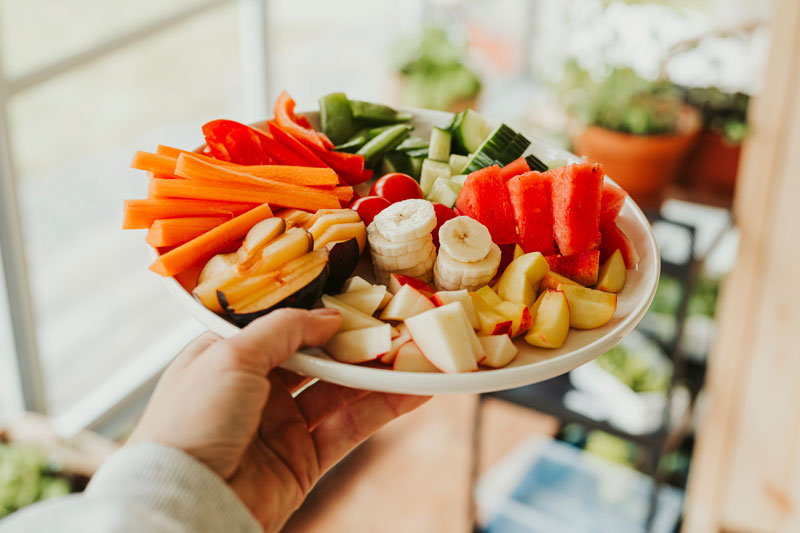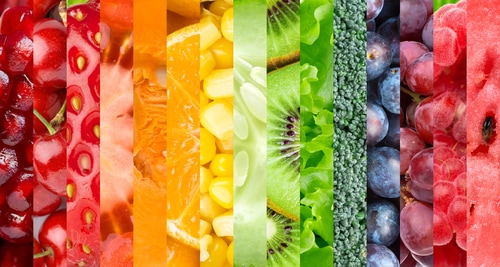Did you know one of the most important nutrients we eat is one that we can’t digest? Many Americans fall short on their fiber intake, only getting half of what is recommended every day. Here’s why this nutrient is essential to a healthy diet and how to add more fiber to your meals.
What is fiber and what does it do?
Fiber is a carbohydrate that remains mostly intact while passing through the digestive tract. Because of this quality, it can be beneficial in the regulation of your bowels and overall body function.
There are two types of fiber: soluble and insoluble fiber. Soluble fiber dissolves in water to create a gel-like substance and help manage diarrhea, while insoluble fiber increases stool bulk and can help manage constipation.
Aside from maintaining balance and movement in your digestive tract, fiber has other major health benefits, including:
- Lowering cholesterol
- Controlling blood sugars
- Maintaining weight
- Helping prevent cancer
How much fiber do we need?
With benefits like these, you’d think fiber would be a top priority for most, but it is actually one of the more overlooked nutrients in diets today.
The National Academy of Medicine gives the following daily fiber recommendations for adults:
- 21 grams for women older than age 50
- 25 grams for women age 50 or younger
- 30 grams for men older than age 50
- 38 grams for men age 50 or younger
The average American only eats around 10-15 grams per day. For many people it can sometimes be difficult to bridge that gap, but there are a few ways to help.
Ways to get more fiber
As a general rule of thumb, any food package with a label reading 5 grams (20% DV) or more per serving is considered an excellent source of fiber. However, be wary of fiber supplements as they may provide too much at one time, causing adverse effects, and are not as effective as whole food sources.
Healthy sources of fiber include:
- Fruits such as raspberries, pears, kiwi and apples
- Vegetables like green beans, lentils, brussels sprouts and broccoli
- Grains including bran cereal, popcorn and whole wheat tortillas
- Seeds and nuts such as chia, pumpkin, almonds and pine nuts
While it’s important to make sure you’re getting enough fiber, too much fiber can also be harmful, especially if you don’t typically eat a lot to begin with. Slowly incorporate more fiber-rich foods into your diet so your body can adjust and be sure to drink plenty of water through the day. If you have any digestive issues, be sure you talk to your care providers about the appropriate amount to add to your diet.
Mom’s Meals® can help
At Mom’s Meals, one of our goals is to incorporate high-fiber foods, like fruits, vegetables and whole grains where possible. Each delicious meal is designed by registered dietitians and professional chefs, and lists nutrition information to help you make more informed choices.
Browse our options and see how easy it is to get convenient and nutritious meals delivered direct to your home.



